Great news! Our latest teaching resources linking to the Hello sunshine issue are ready to brighten your classroom.
Not yet a subscriber to Whizz Pop Bang downloadable teaching resources? Start a subscription today!
Light: Make a pinhole camera
Investigate how we need light to see
Topic: Light and Vibrations and Waves
Year Groups: Year 3 and P4
A practical activity for year 3 and P4, linking to the topics light and vibrations and waves. This pack explains what the Sun is, how we can use it for energy, why we need to stay safe in the Sun and how we need light to see. We should never look directly at the Sun, but a pinhole camera is a simple gadget that allows you to take a peek.
This pack includes:
- A differentiated lesson plan, which includes a scientific explanation of how the pinhole camera works
- A PowerPoint presentation explaining the Sun and how we see
- Printable instructions to make a pinhole camera using materials which are difficult to recycle
- Printable eye to cut and stick on the end of the camera
Earth and space: Make a sundial
Investigate why we have day and night.
Topic: Earth and space
Year groups: Year 5 and P4
Linking to the topics Earth and space and space, year 5 and P4 pupils will investigate how Earth travels around the Sun by making a sundial. This lesson will take place over short intervals throughout one day, when children will mark the end of the shadow on the sundial, demonstrating how the Sun moves across the sky due to the Earth’s rotation.
This pack includes:
- A differentiated lesson plan
- A PowerPoint presentation explaining the Sun
- A printable template to make the sundial
Pondweed investigation
Investigate how light and temperature affect pondweed.
Topics: Living things and Habitats and Biodiversity and Interdependence
Year groups: Year 6 and P7
A practical investigation for year 6 and P7 linking to the topics living things and habitats and biodiversity and interdependence. It’s hard to see photosynthesis in action… until you get hold of some pondweed! Pupils will set up their own investigations to see how light and temperature affect the rate that oxygen gas is produced by pondweed.
This pack includes:
- A differentiated lesson plan, which includes a scientific explanation
- A PowerPoint explaining photosynthesis
- Instructions for both experiments
Historical scientist Cecilia Payne-Gaposchkin
A scientist who changed our understanding of the Sun.
Topic: Earth and Space
Year groups: Year 5 and P6
This biography text for year 5 and P6, linking to the topics Earth and Space and Space, explains how Cecilia Payne-Gaposchkin changed our understanding of the Sun. Cecilia thought maths was magical – especially algebra. In the early 1900s, girls didn’t receive the same education as boys, but Cecilia demanded to be taught science and maths. She went on to study science at the University of Cambridge. There she decided to become an astronomer. In 1925, Cecilia’s maths had led her to an exciting discovery – the main elements in stars, including our Sun, were hydrogen and helium. Up until then, everyone had assumed that the Sun was made up of a mix of materials similar to Earth.
The downloadable reading pack includes:
- An A3 reading spread for you to print.
- Reading comprehension question sheets, differentiated using our magnifying glasses key (on the bottom right). One magnifying glass indicates easier and two means harder.
- Answer sheets
Interview with a Solar Physicist
Lucie Green controls space missions
Topic: Earth and Space
Year Groups: Year 5 and P6
In this interview text for year 5 and P6, linking to the topic Earth and space, Lucie Green explains how she collects data to learn more about the Sun. She explains when she knew she wanted to be a scientist, a typical day as a solar physicist and her involvement with the European Solar Orbiter mission, which is due to launch in 2020.
This downloadable reading pack includes:
- An A3 reading spread for you to print.
- Reading comprehension question and answer sheets, differentiated using our magnifying glasses key (on the bottom right). One magnifying glass indicates easier and two means harder.
Explanation text about solar panels
This text explains how solar panels work
Topic: Earth and Space
Year groups: Year 5 and P6
This explanation text for year 5 and P6, linking to the topic earth and space, explains how solar panels create clean electricity from nothing more than sunlight. From rooftops to space stations, solar panels are an increasingly important source of renewable energy. This text explains the following technical vocabulary: phosphorus, photovoltaic cells and boron.
This downloadable reading pack includes:
- An A3 reading spread for you to print.
- Reading comprehension question and answer sheets.
Space: Aurora from ISS
A close-up image of an aurora from space
A short discussion topic suitable for year 5 and P6 linking with the topics Earth and Space and Space. This is a super photo of an aurora taken from the International Space Station by astronaut Scott Kelly. These fantastic natural light displays happen when particles from the Sun collide with particles in the Earth’s atmosphere.
This ten-minute activity, linking to speaking and listening, is ideal for use at the beginning of the day or during transition times, such as after lunch. Pupils will be challenged to guess what the image is by answering the questions shown on the first slide of the PowerPoint. This could be done on the whiteboard or through discussion with a partner. Once pupils have finished, click through to the next slide to reveal the answers.

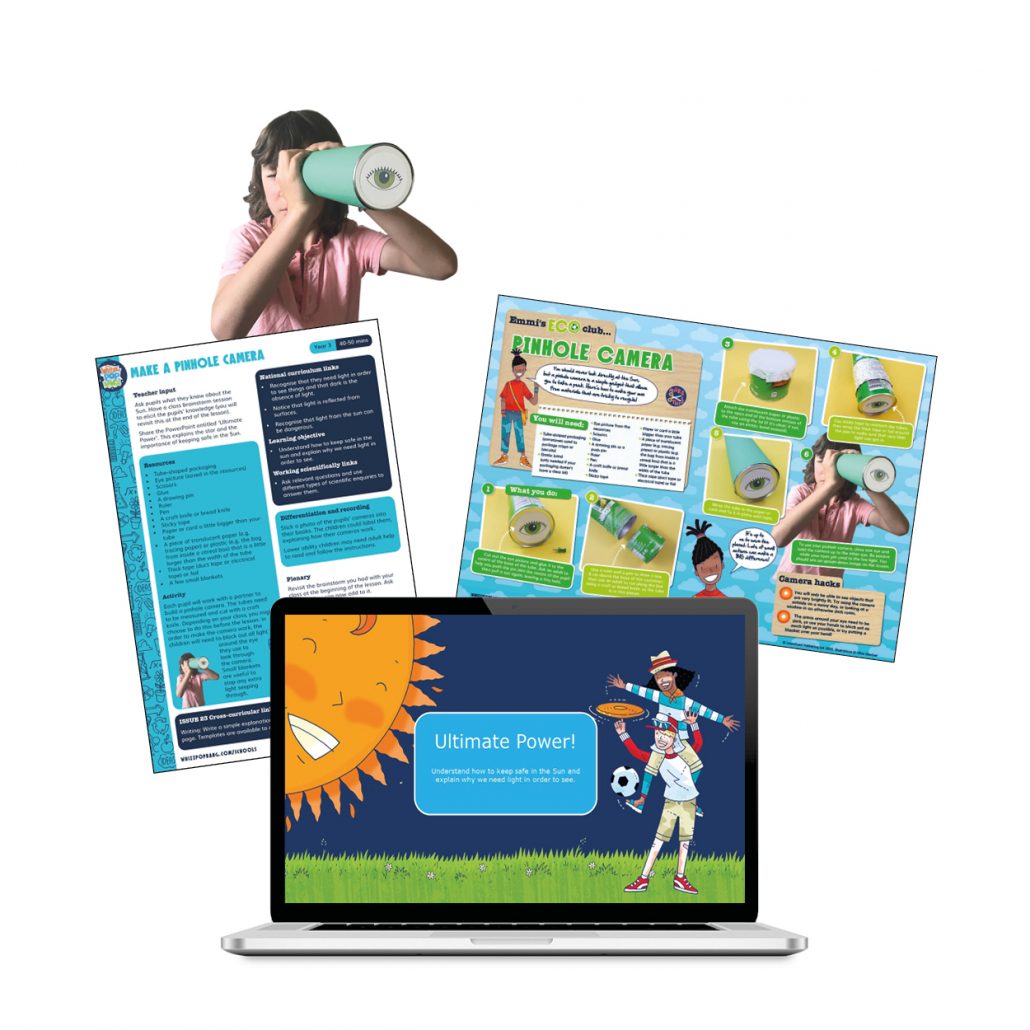
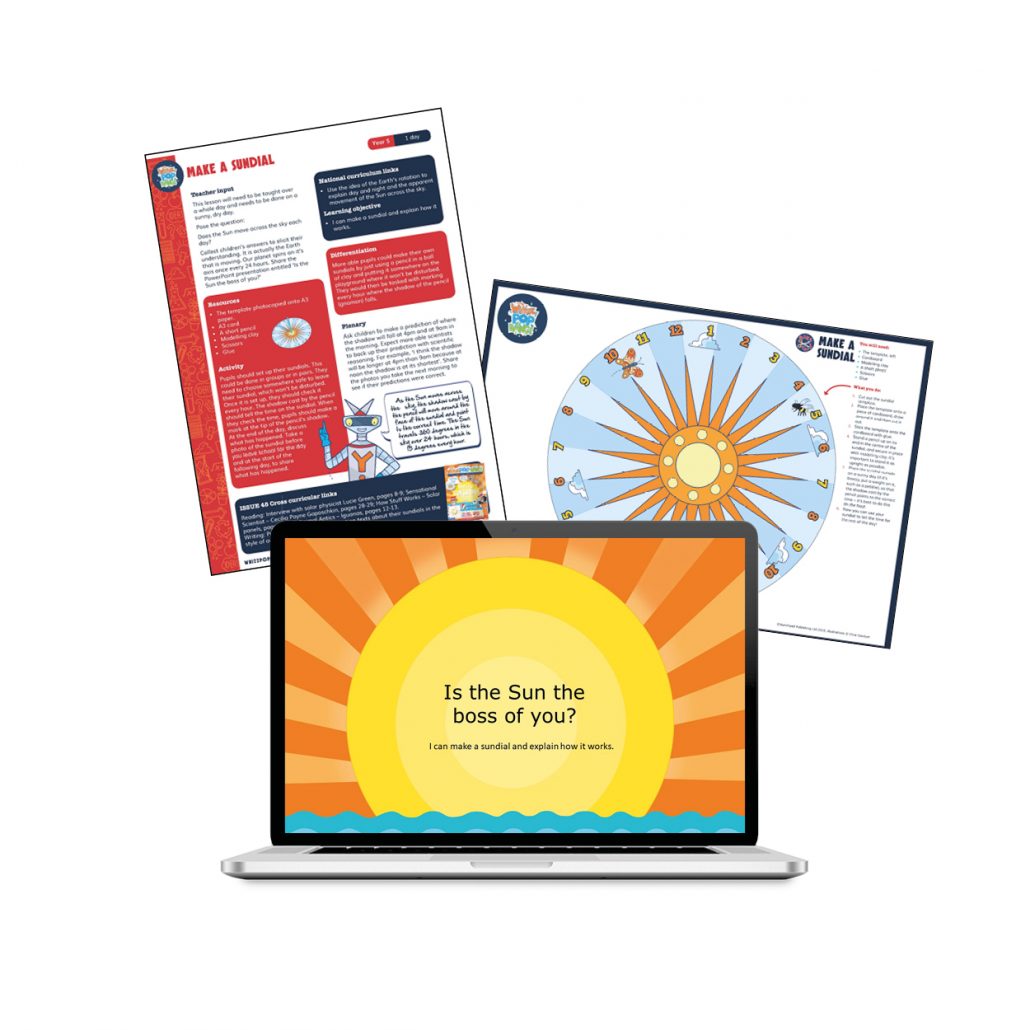
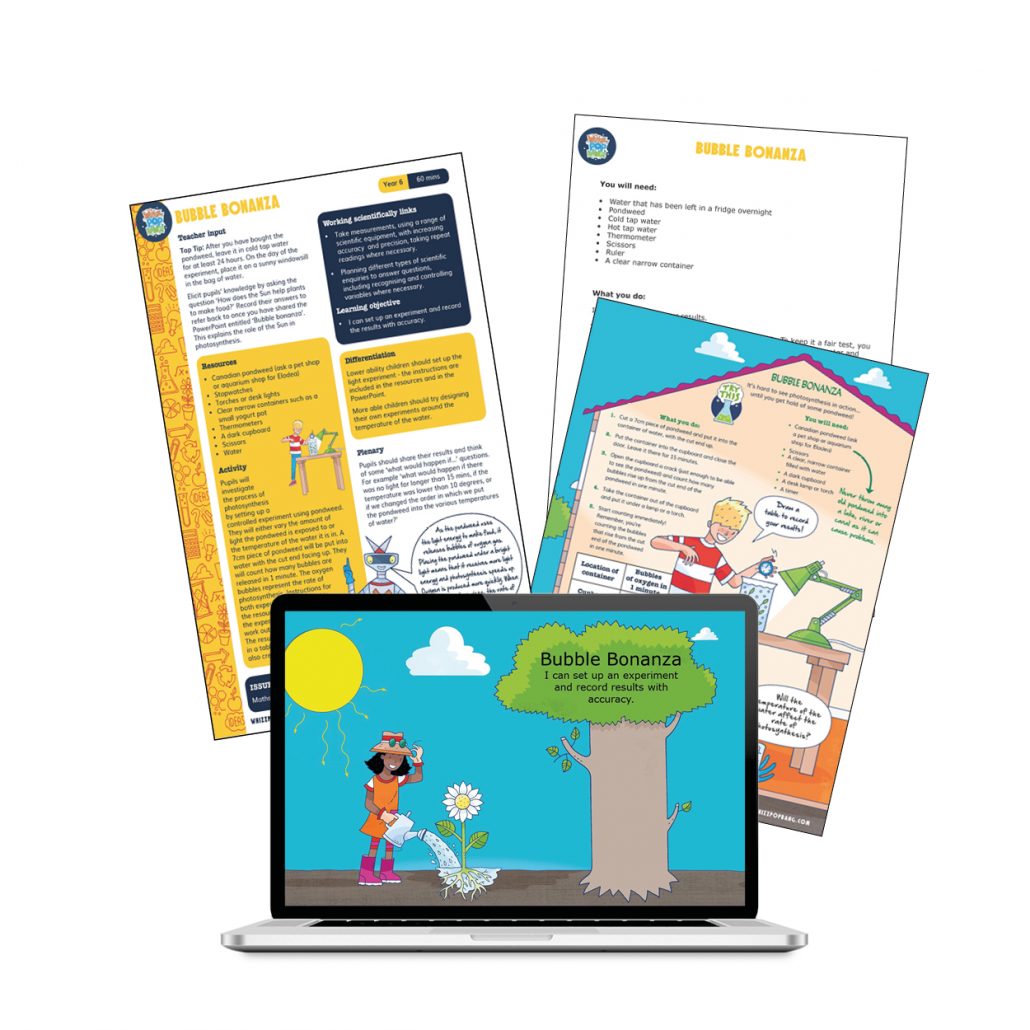
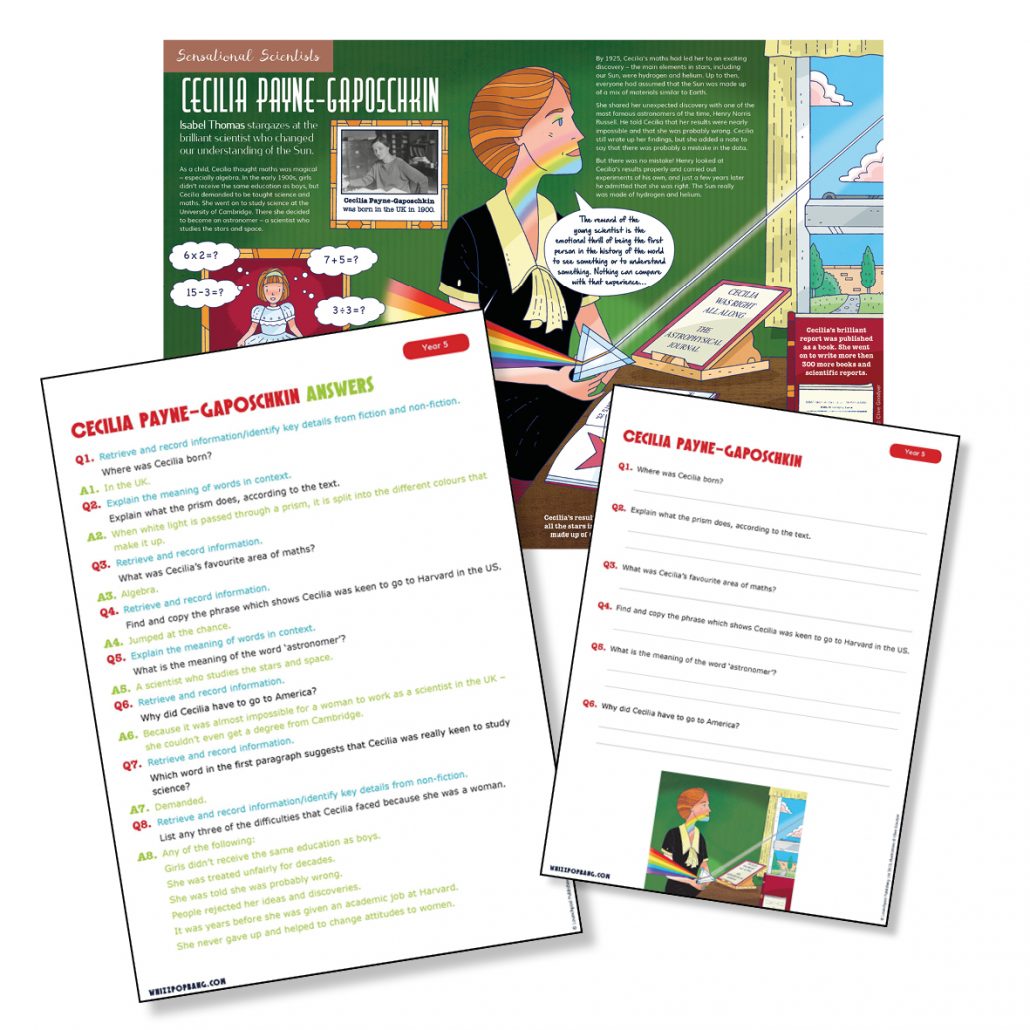
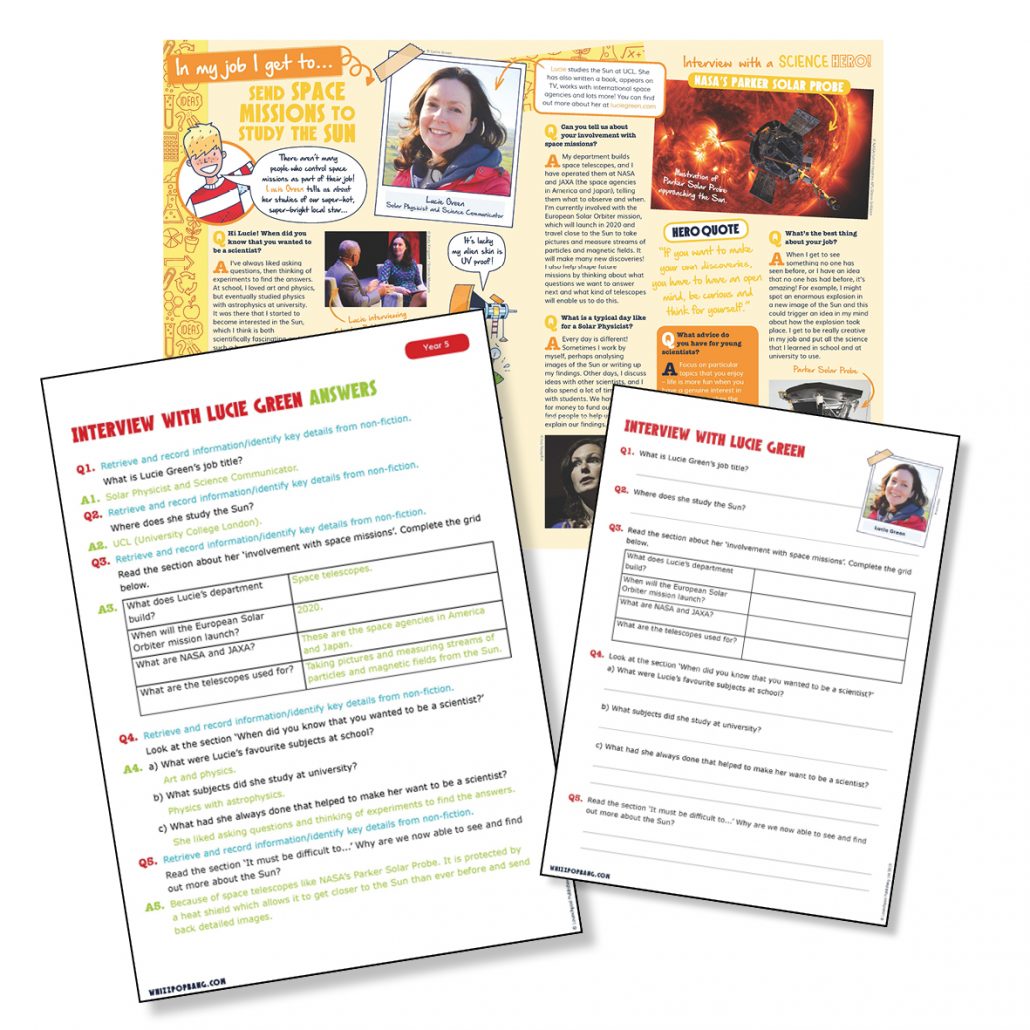
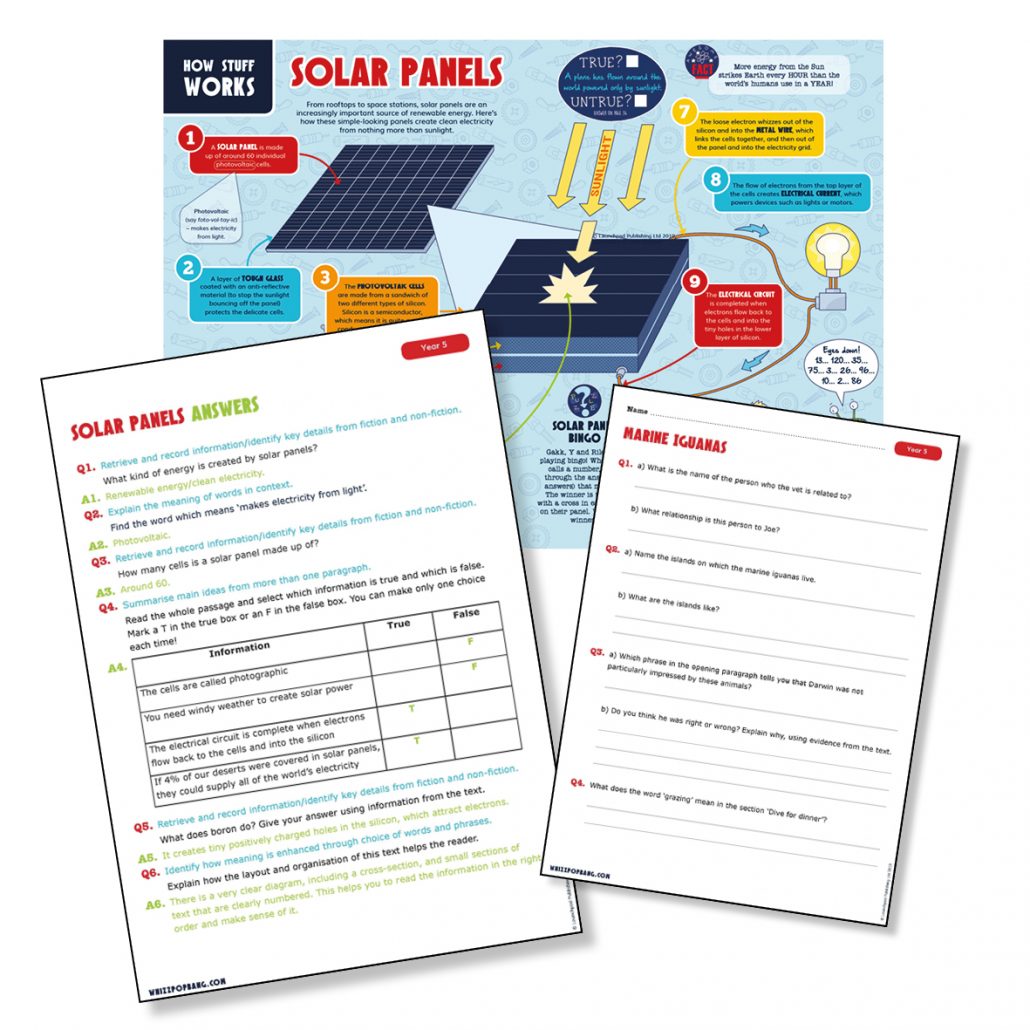
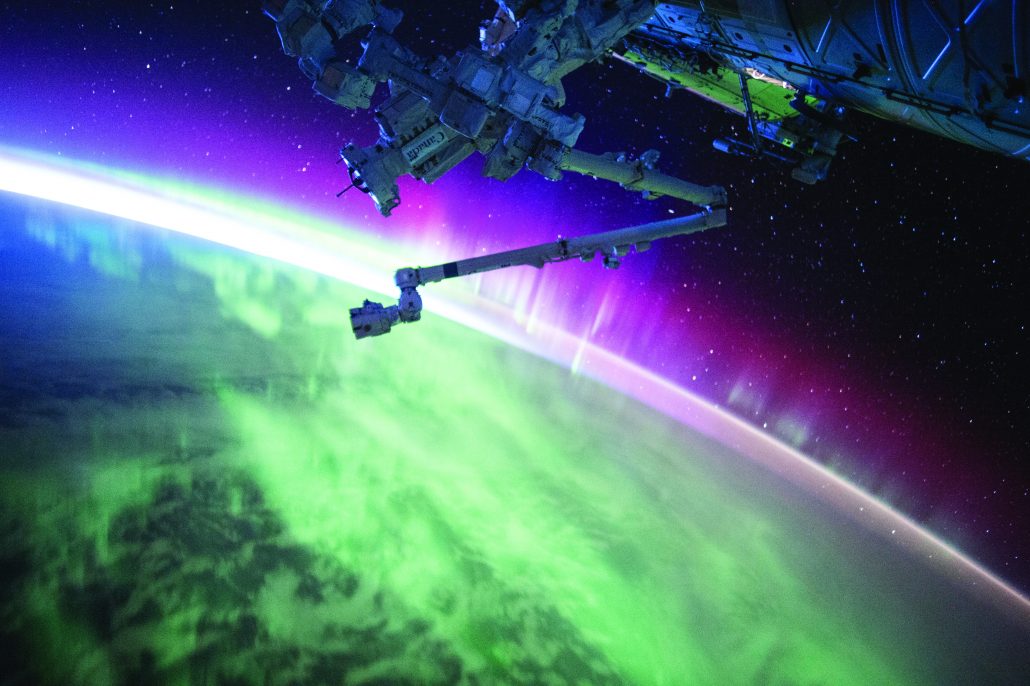
Fiona says:
2. Sailer and navigator